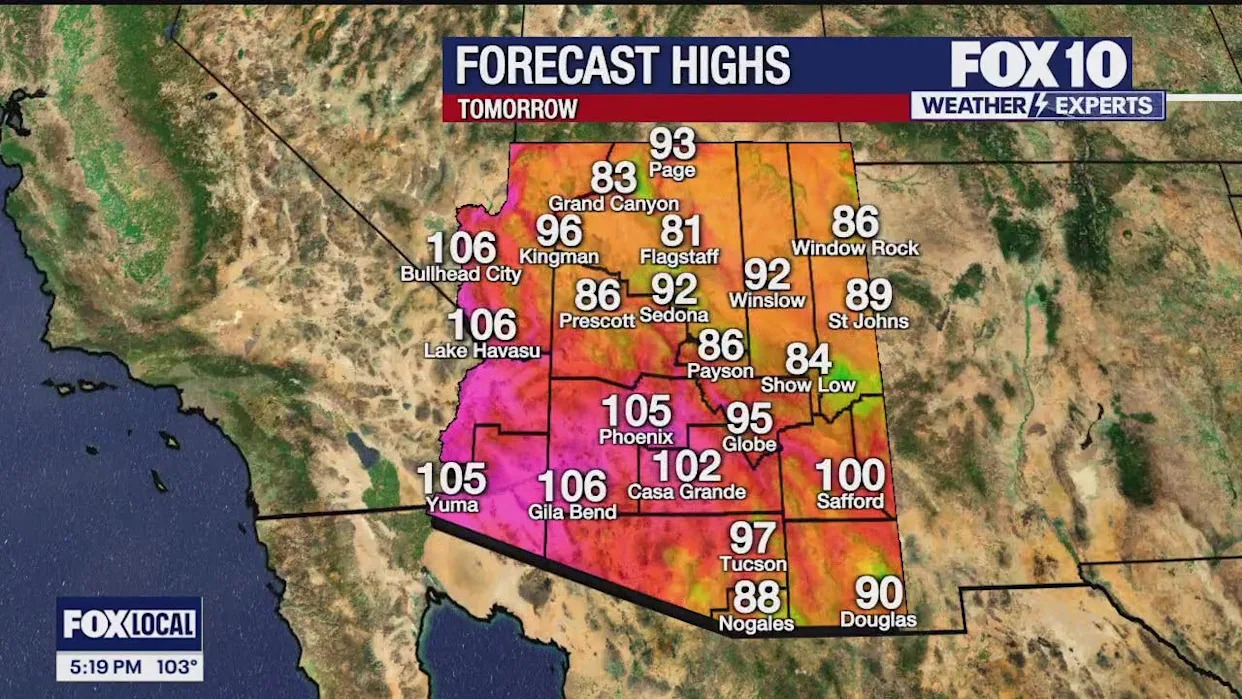
State water quality officials say they’re investigating what may have caused dozens of fish to die in the Jordan River in northern Utah County, but they have two early suspicions.
Utah Division of Water Quality officials received a report of a fish kill by a resident visiting Willow Park, 2998 W. 300 North in Lehi, Friday who noted that there was a line of fish floating downstream to at least 1500 North. Inspectors estimated that at least 50 dead fish were floating in the river, said John Mackey, the division’s director.
Several people submitted photos and videos of the dead fish to KSL, reporting that the unusually high number of dead fish reached as far north as Thanksgiving Point Golf Club at 3300 North in Lehi. It’s unclear if it was the same fish that state officials saw or an extension of the fish kill in the river. Some said it appeared there were hundreds of dead fish floating in the river.
Water samples were collected, and Mackey said the results of those should provide more clarity on what killed the fish in the coming days. However, the division suspects harmful algal blooms or water temperature may have factored into the fish kill.
“Usually when fish kills occur in streams, it’s because the temperature gets too high, you get warm water and that affects the amount of oxygen that’s in the water. ... but we do have heavy algal blooms. They are present in the area where the fish were found,” he told KSL.com.
The Utah Department of Environmental Quality, Utah Lake Authority and Salt Lake County Health Department have all issued advisories this summer over algal blooms, which had become lakewide at Utah Lake by late July and also spread to the Jordan River, which begins along its northern end. That includes a warning advisory for the Jordan River at 1500 North in Lehi that was issued on July 31, which remained active on Friday.
Algal blooms produce cyanobacteria, a bacterium that can cause kidney, liver or neurologic system damage in humans, and is also dangerous to animals, including fish. It’s one reason why the advisories warn anglers to discard the skin and guts of any fish collected in the area.
“With a lot of algae coming out of the lake, it’s a potential contributor to the problem,” Mackey said.
However, he points out that there are many tributaries and canal returns along the river, where changes in temperature are common. There may be high amounts of harmful algal blooms, above-normal temperatures that lower oxygen levels or something else in the water that caused so many fish to die.
The division may have a clearer answer by this weekend or early next week.
In the meantime, Mackey says people should be cautious and follow advisories issued along the river and other bodies of water. That includes preventing children and pets from going into water in suspected algal bloom areas.







Comments